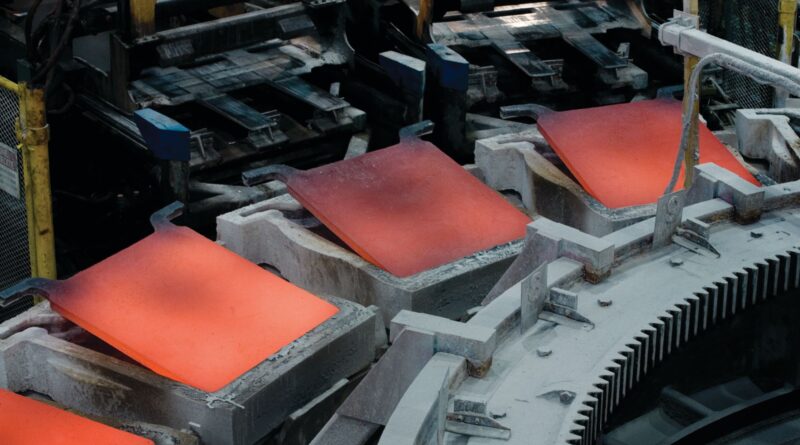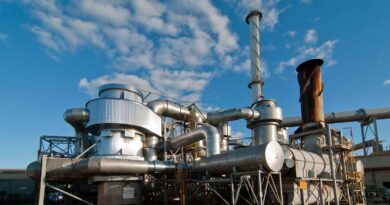Copper now classified as US critical mineral, and rightly so
The global copper market is approaching an inflection point. On one hand, as one of the most widely used metals on the planet, demand for copper has been consistently on the rise, matching the growth of economies step by step. Now, there’s an added layer of demand due to the increasing need for electrification.
This is because copper offers excellent electrical conductivity properties, making it a key component in the construction of renewable energy sources such as wind, solar, hydro, and thermal, as well as in electric vehicles.
On the other side of the equation, supply is becoming a widespread concern as energy infrastructure takes up more of the metal, leaving the world’s producers playing catch up to the fast-rising demand.
Chances are, very soon we’re going to see an undersupply of copper that puts global efforts to decarbonize into serious doubt. In fact, a shortfall could arrive as early as 2025, as some of the world’s largest mining companies and metal traders have warned.
Copper Required for Electrification
Forming the basis of this projection is a sizable, never-seen-before rise in copper demand expected in the forthcoming years.
Along with the usual applications of copper in construction wiring and plumbing, transportation, power transmission and communications, there is now an additional demand for electrification purposes.
To keep the energy transition going, it’s estimated that millions of feet of copper wiring will be required for strengthening the world’s power grids, and hundreds of thousands of tonnes more are needed to build wind and solar farms.
A 3-megawatt onshore wind turbine takes up to 4.7 tons of copper, with offshore wind turbines requiring even more at approximately 8 tons per MW. The CDA estimates that wind farms use approximately 7,766 lbs of copper per megawatt, while an offshore wind installation uses 21,068 lbs per MW.
More copper tonnage is required for solar power systems, approximately 5.5 tons per megawatt, states the CDA, with the red metal used in heat exchangers, wiring and cabling. An estimated 1.9 billion lb. of copper will be needed to power 262 gigawatts of new solar installations between 2018 and 2027 in North America.
Copper is also used in energy storage made necessary by the intermittent nature of solar and wind power. A lithium-ion battery, for example, contains 440 lbs of copper per megawatt, with a flow battery needing 540 lbs/MW.
Speaking of Li-ion batteries, EVs now represent a fast-rising source of copper demand, using over twice as much of the metal as gasoline-powered cars (85 kg versus 30 kg), according to the Copper Alliance. Not to mention, more would be needed to build related EV infrastructure, namely charging stations, which can take 0.7 kg (for a 3.3 kW slow charger) or 8 kg (for a 200 kW fast charger).




